New and improved facilities at Ngaara Primary School
Our second project, the long-awaited new boys' toilets is complete
We're delighted to share the progress we've made at Ngaara School. We've witnessed firsthand the positive impact that our readers’ support and contributions have already brought to this community.
Thanks to your generosity, we've already managed to secure a safer and more sustainable water supply for Ngaara School. With the installation of an additional 10,000 litre rainwater harvesting system, we optimised the water collection capabilities. We recently discovered that the quality of water they were buying from the town has been a concern, as mobile water supply companies (delivery of water by truck) occasionally draw from unreliable sources, exposing the users to water-borne illnesses. So with this additional 10,000 litre water tank, the children and staff no longer need to rely on expensive and potentially unsafe water sources.
Our second infrastructure project at Ngaara
Sanitation is a fundamental right often taken for granted in many parts of the world, but not in Uganda. Access to clean and safe facilities is not always a given, even in a school. We received a lot of reactions to our request for donations that we published a couple of weeks ago, and were able to add to our available funds with a total amount of EUR 3’516 to spend on new boy’s toilets. Some of you were extremely generous in your donations, and we were so thankful for your support in tackling the sorry state of the toilets at Ngaara. Guided by Ugandan national standards and recommendations from UNICEF, we aimed to create a safer and more comfortable environment for the children - the main one being a minimum of one toilet per 40 children. Until now, the school was falling short of these standards. The new toilets facilities includes 8 latrines.
A Quest for Sustainable Solutions
Our journey wasn't without its challenges. We delved into extensive research to find a toilet solution that would not only meet the immediate needs of the school, but also have a positive impact for years to come - keeping in mind that it would not be possible for the toilet to be connected to a main sewerage system. We explored the option of a biogas digester latrine system, an innovative idea that seemed promising due to its environmental benefits and potential for energy production (the biogas generated can be used for cooking). However, we learned from past projects in Uganda that such systems often encountered issues related to usage and maintenance (blockages), prompting us to reconsider.
We already introduced to you the septic tank system in one of our previous posts, involving a big plastic tank for waste collection. After further discussions and research, we realised that the capacities of plastic tanks are also limiting and with the heavy use it would get at Ngaara, it would need to be emptied often. Of course this would then mean frequent incurred costs for the school.
Eventually we opted for a different concept of a septic tank. Instead of plastic, the tank is built out of concrete. This allows for a much larger capacity and increased longevity, with the option to empty the tank once it is full. For the ones reading this post who have never been confronted with the process involved with septic tanks; this is done by using a waste removal vehicle that has a large pressurised vacuum attached to a hose, which sucks up the sewage into the vehicles waste tank. The septic waste is then (hopefully) properly disposed in the public sewerage system or in pre-approved landfills.
Armed with knowledge from our previous work and extensive research, we approached the project with a deeper understanding of the budget, materials, and construction process. Our commitment to quality is strong, as we want to avoid problems and reparations in the near future. The totally agreed budget accumulated to UGX 14’285’500 (EUR 3’604). This also includes a small brush up of the girls toilets.
In order to establish a transparent project governance process, we partnered with the project manager and established a requirement to provide us with receipts for all material purchases. This approach empowered us to generate a thorough project overview, and enables us to evaluate the accuracy of our budget forecasts. If you would like to have a look at the receipts please reach out to us. The principal and other staff members kept us up to date on the progress, sending us photos and videos every other day.
Project Phases
Delivery of materials.
Pit Excavation - for this manual task, residents from the area were employed, which also benefits the community around the school.
Building the septic tank - brick walls, later covered with cement.
Building the floor - the hole on the lower left of the picture is for emptying the tank.
Building the walls.
Adding the roof structure and iron sheets.
Finishing up the walls with additional cement layer and installing the wooden doors.
Painting the doors
A few lovely words from the principal of Ngaara Primary School in the video below:
As we reflect on our journey so far, we are so grateful for all of your support towards this project. Collectively we’ve helped Ngaara Primary School to progress. The toilet infrastructure is no longer a worry for the school, and the boys have a much more welcoming and safe facility. We can only imagine that the boys must be delighted!
Thank you for being part of this journey. Your support is a testament to the fact that small actions can create lasting change.


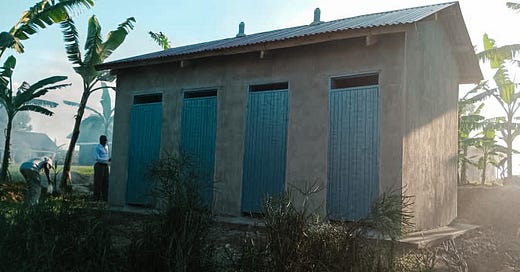




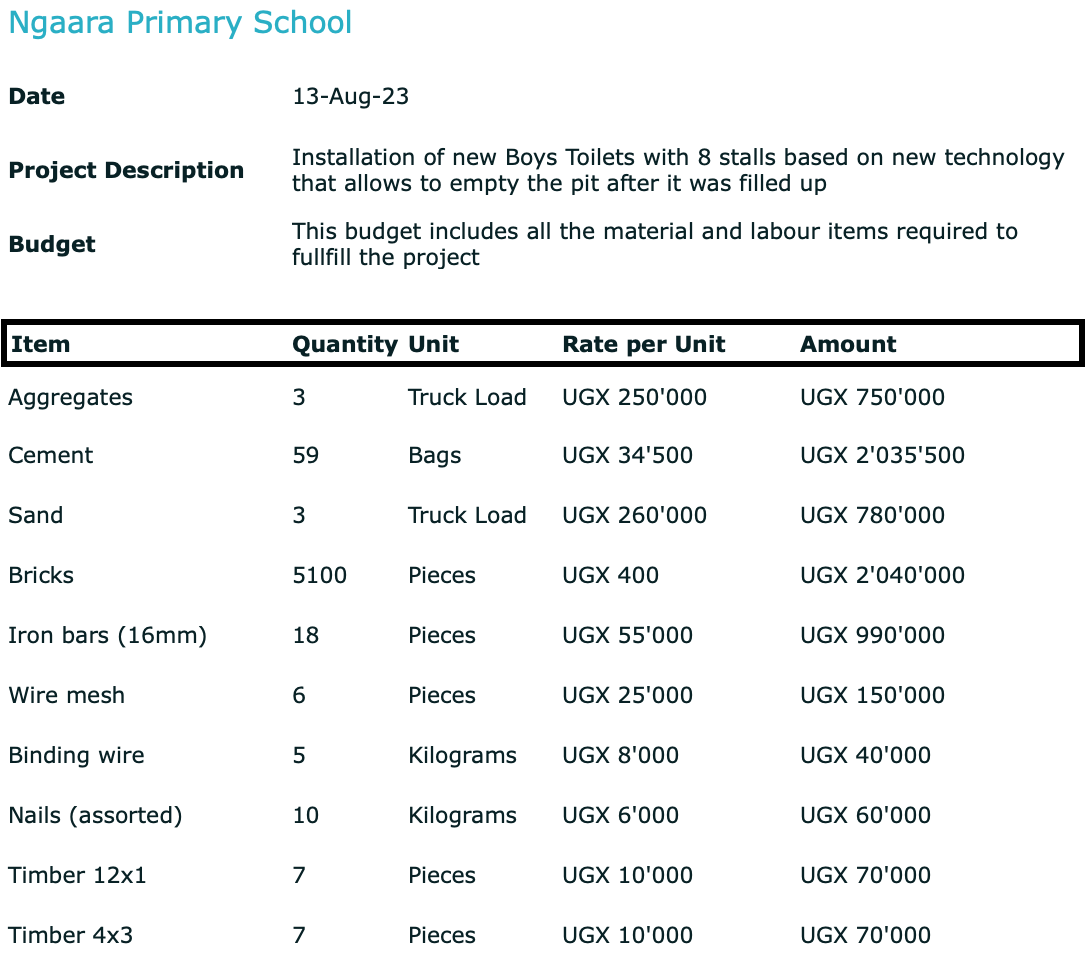

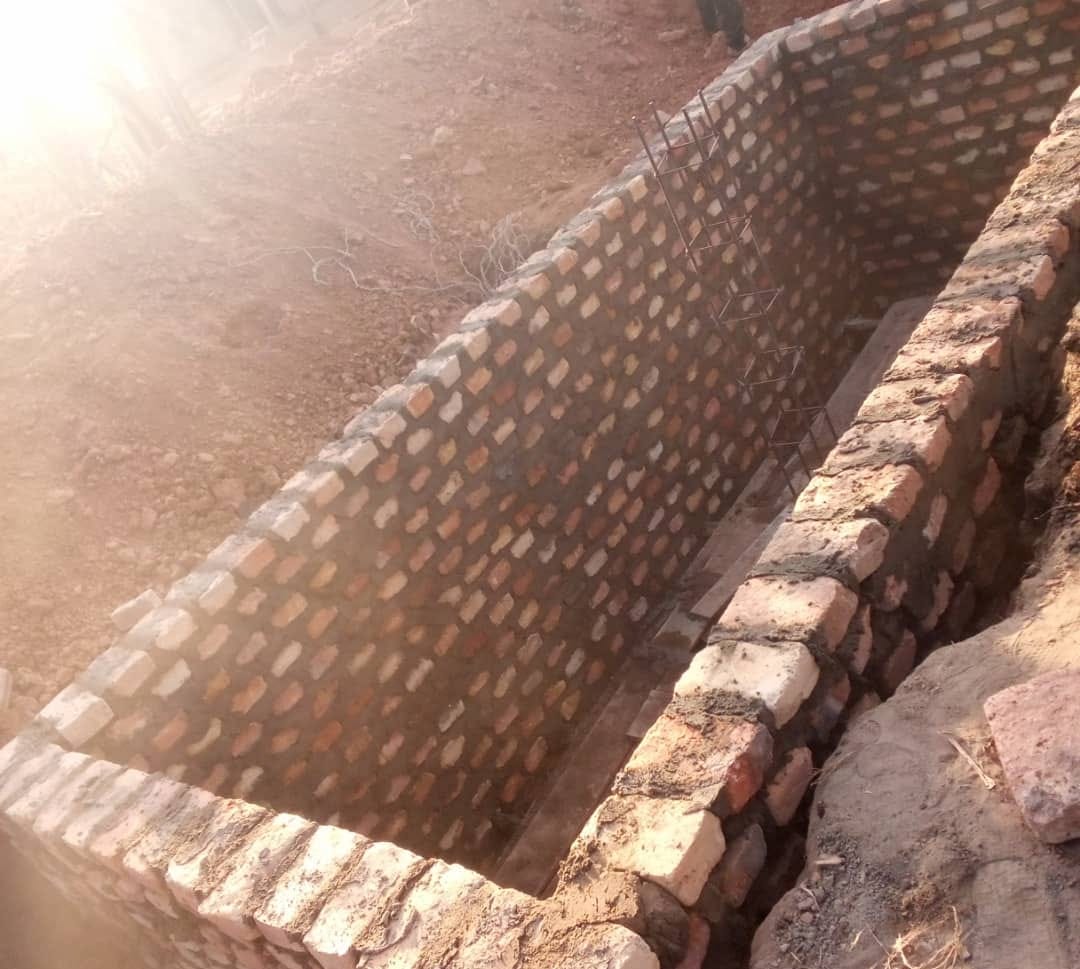
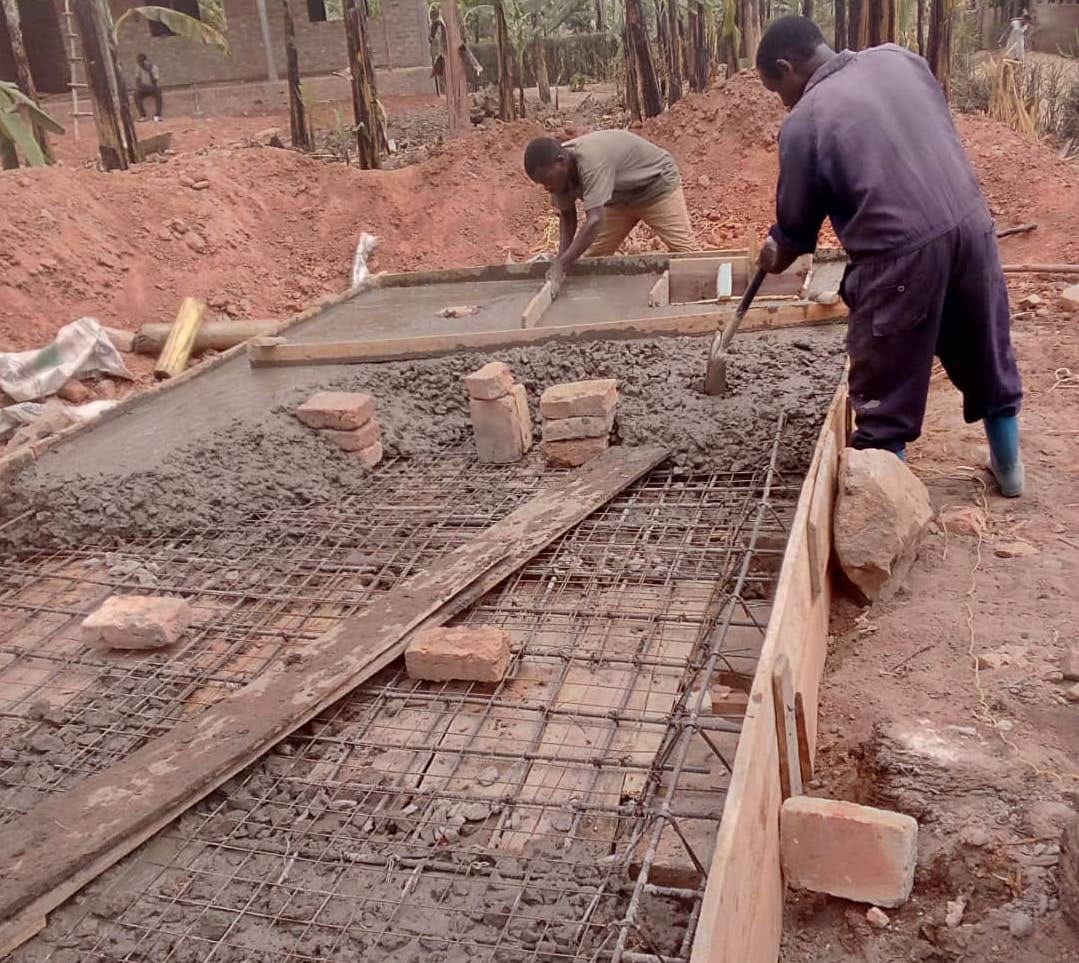
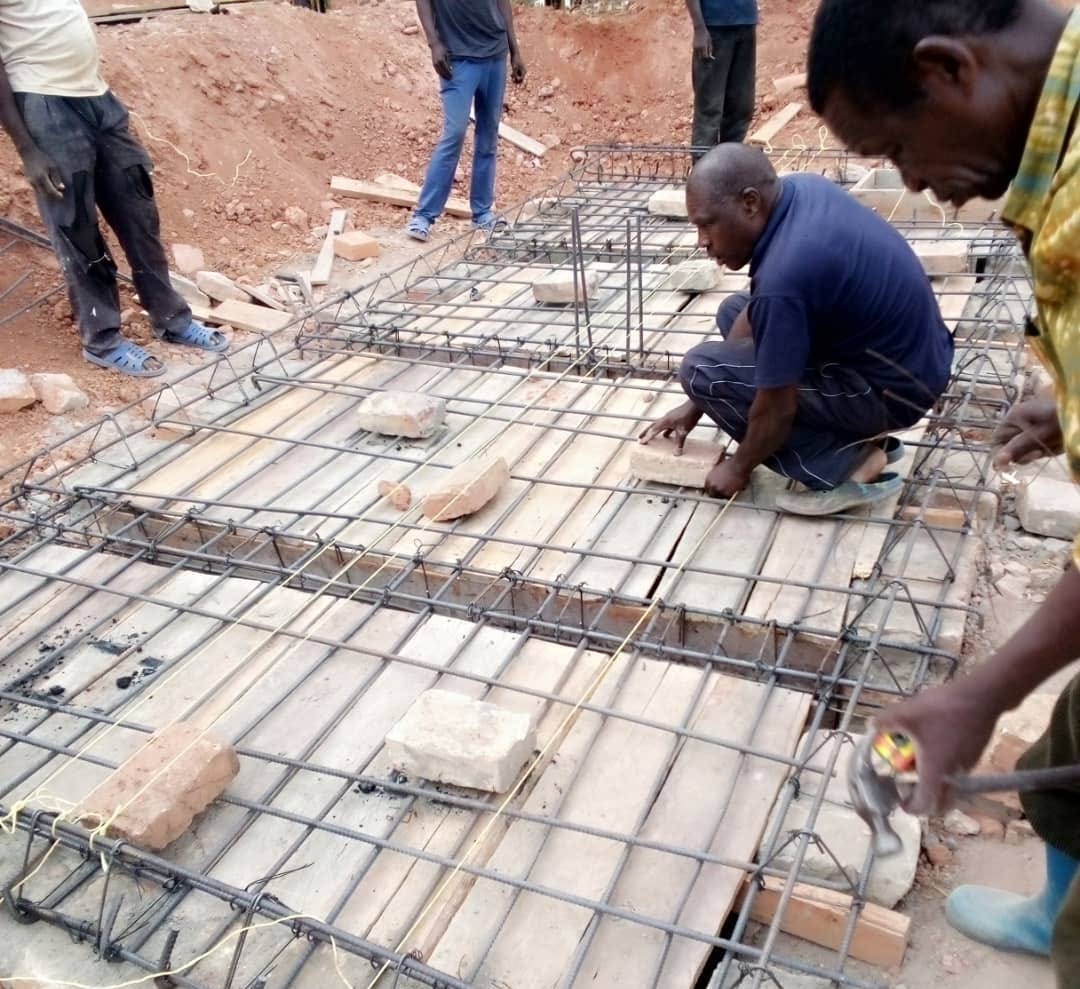
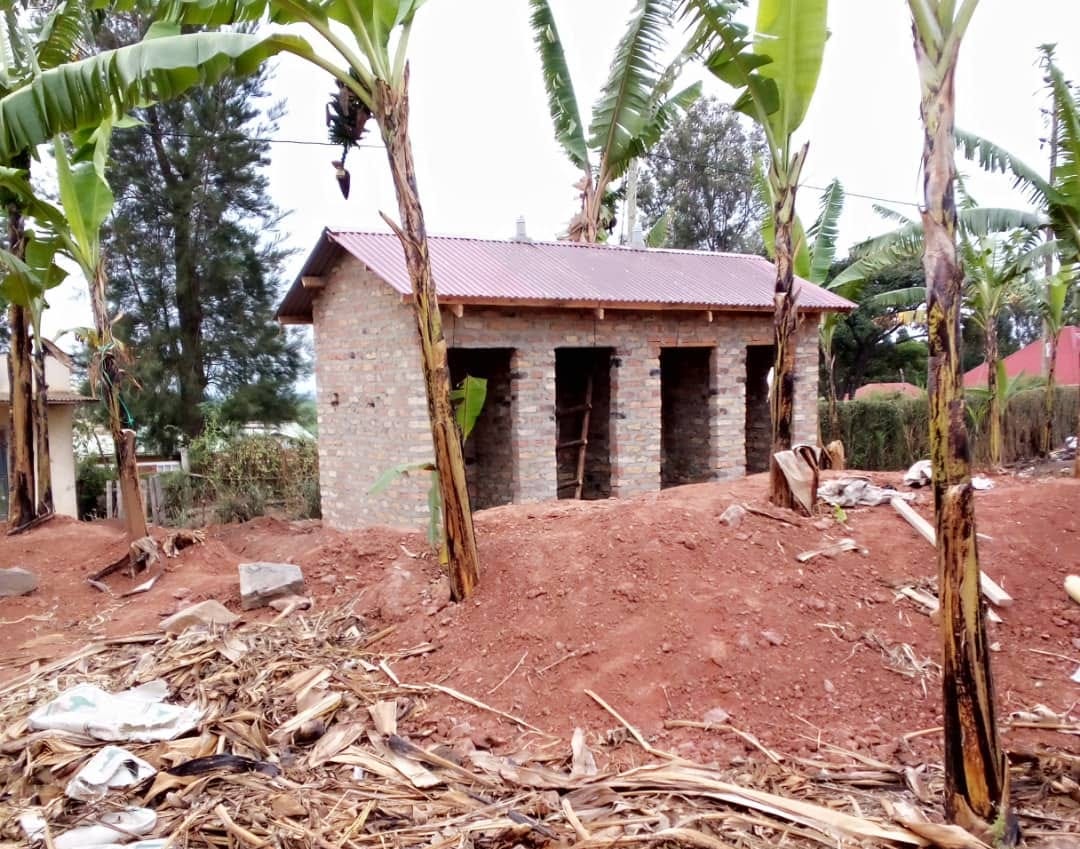
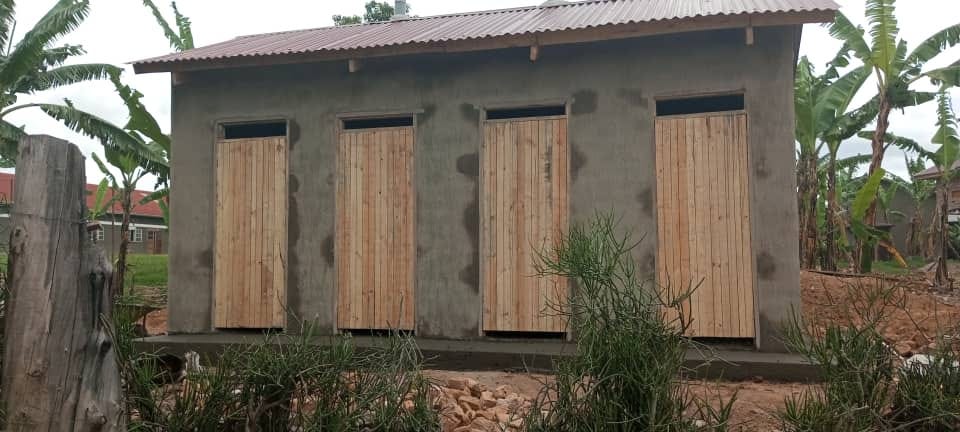
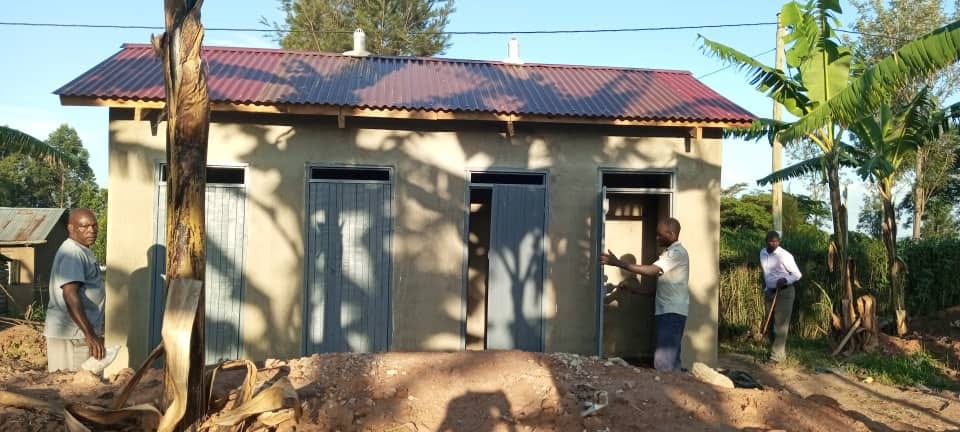

Well done Emma and Dominik for making everyday life for the children of Ngaara primary school that bit easier. I really love that every penny spent on the project is accounted for.